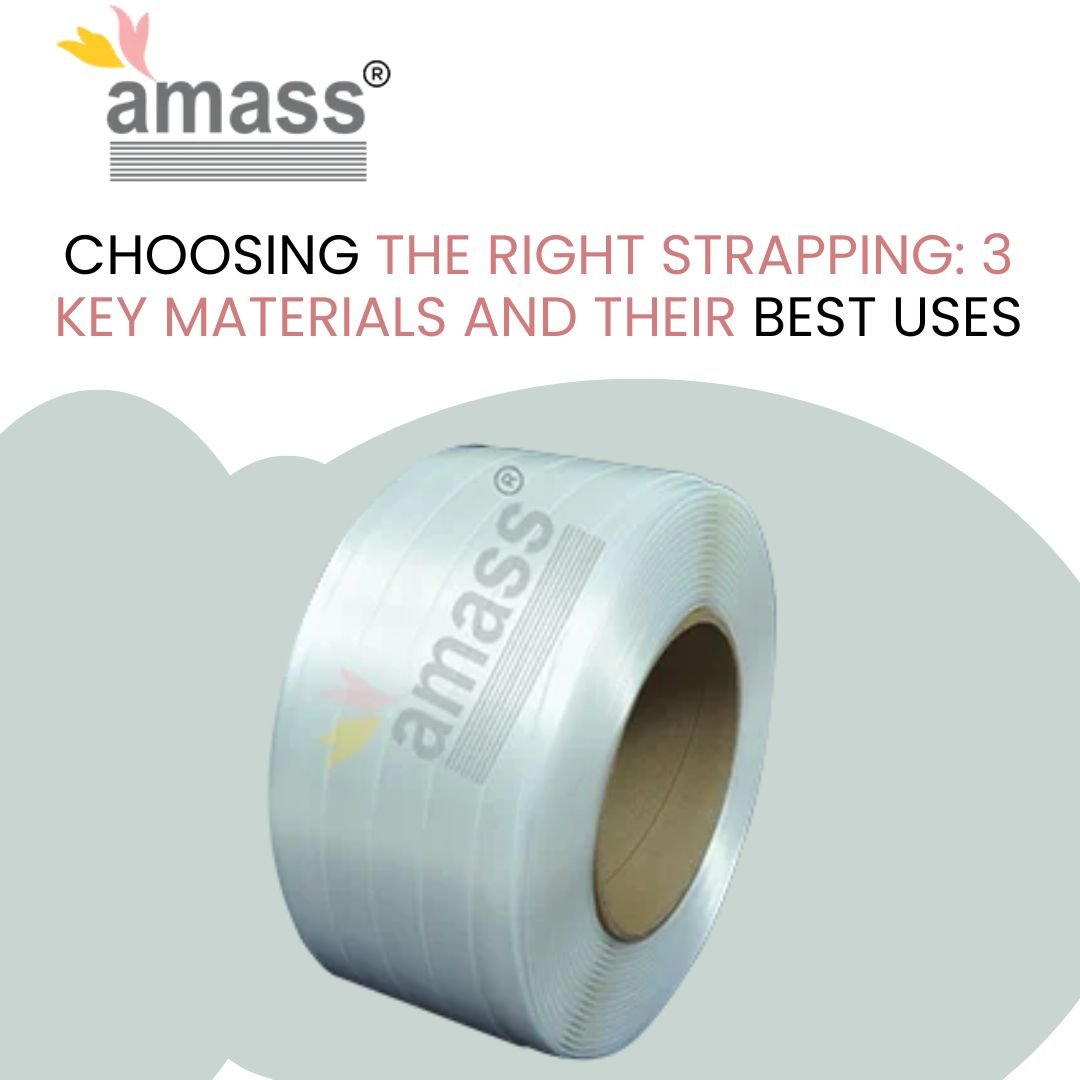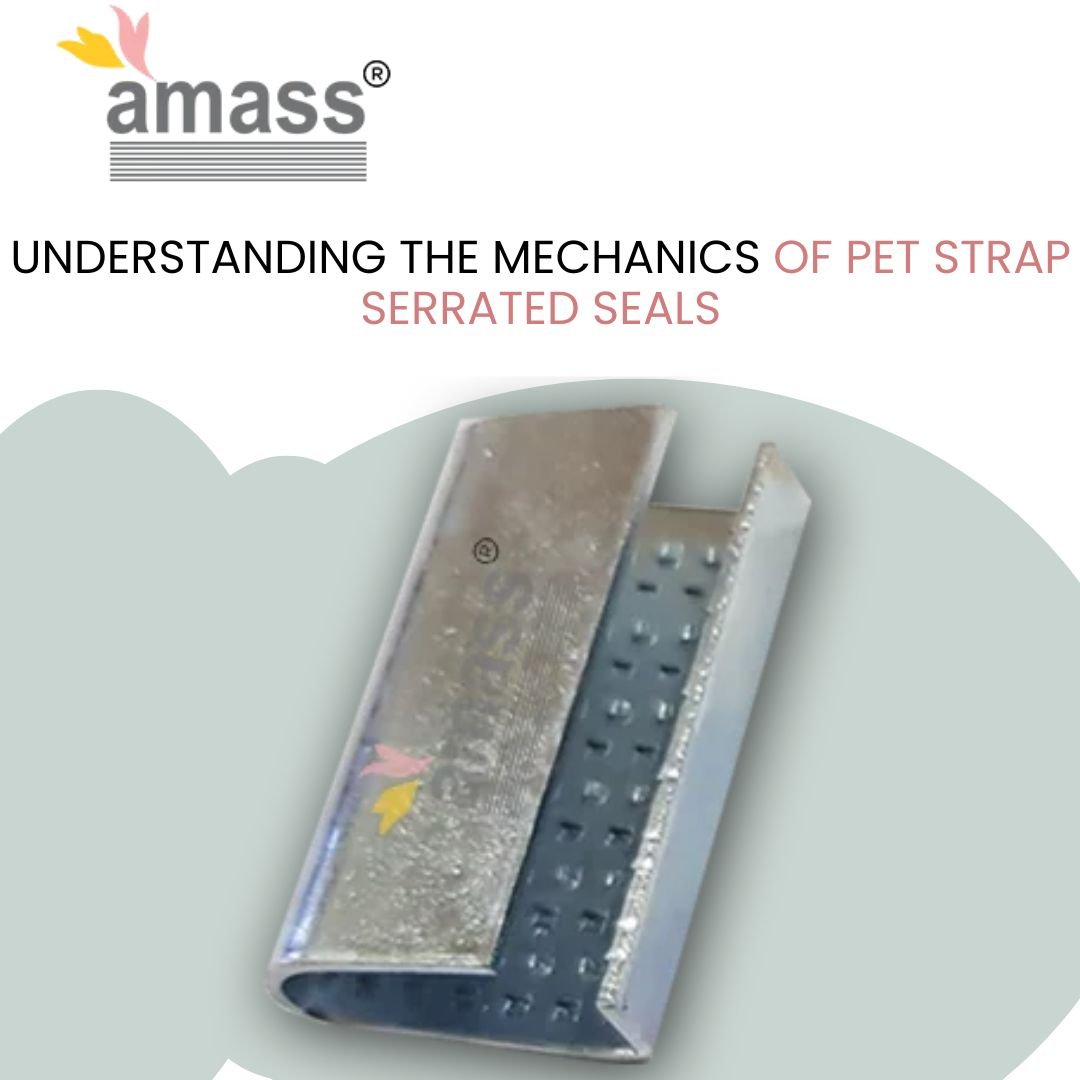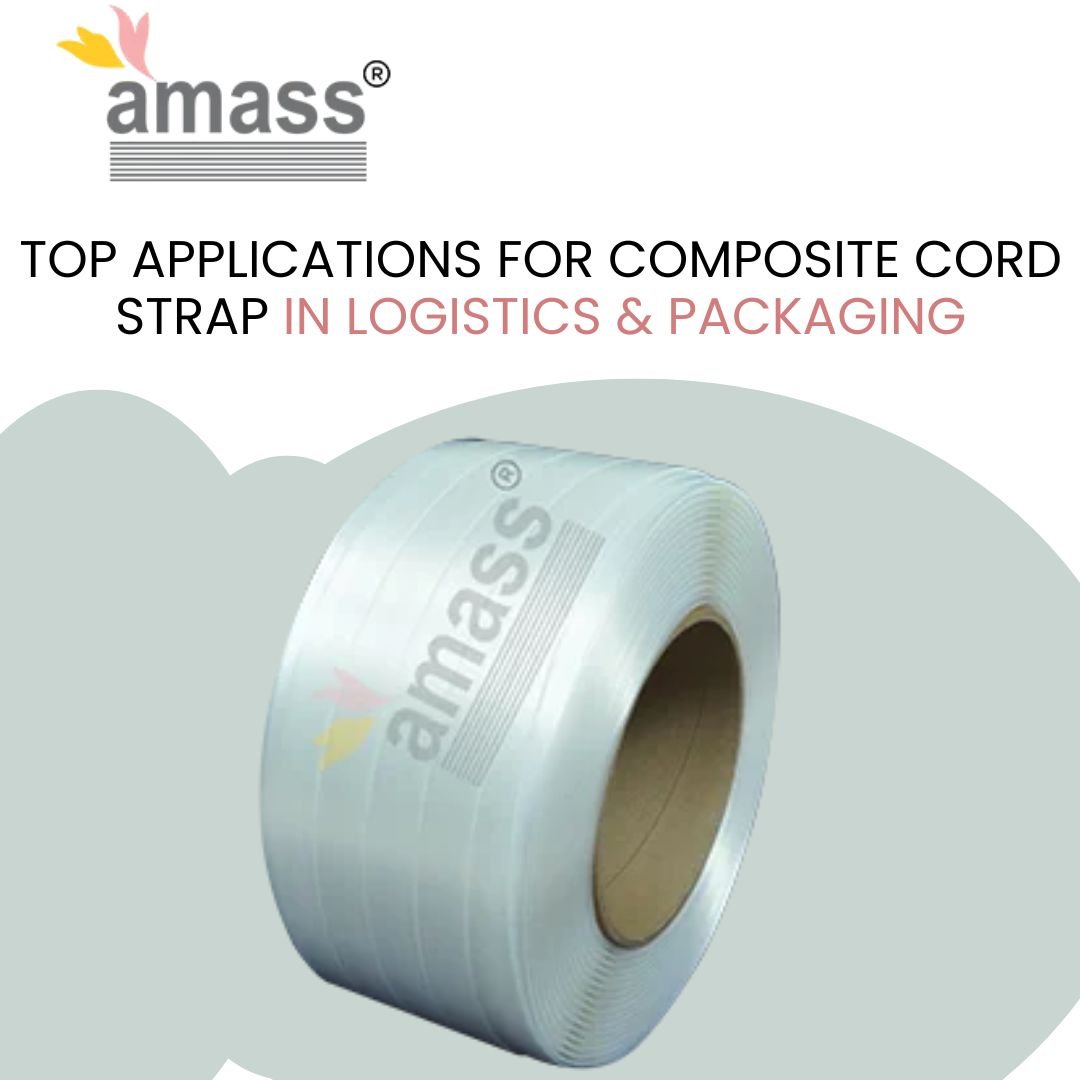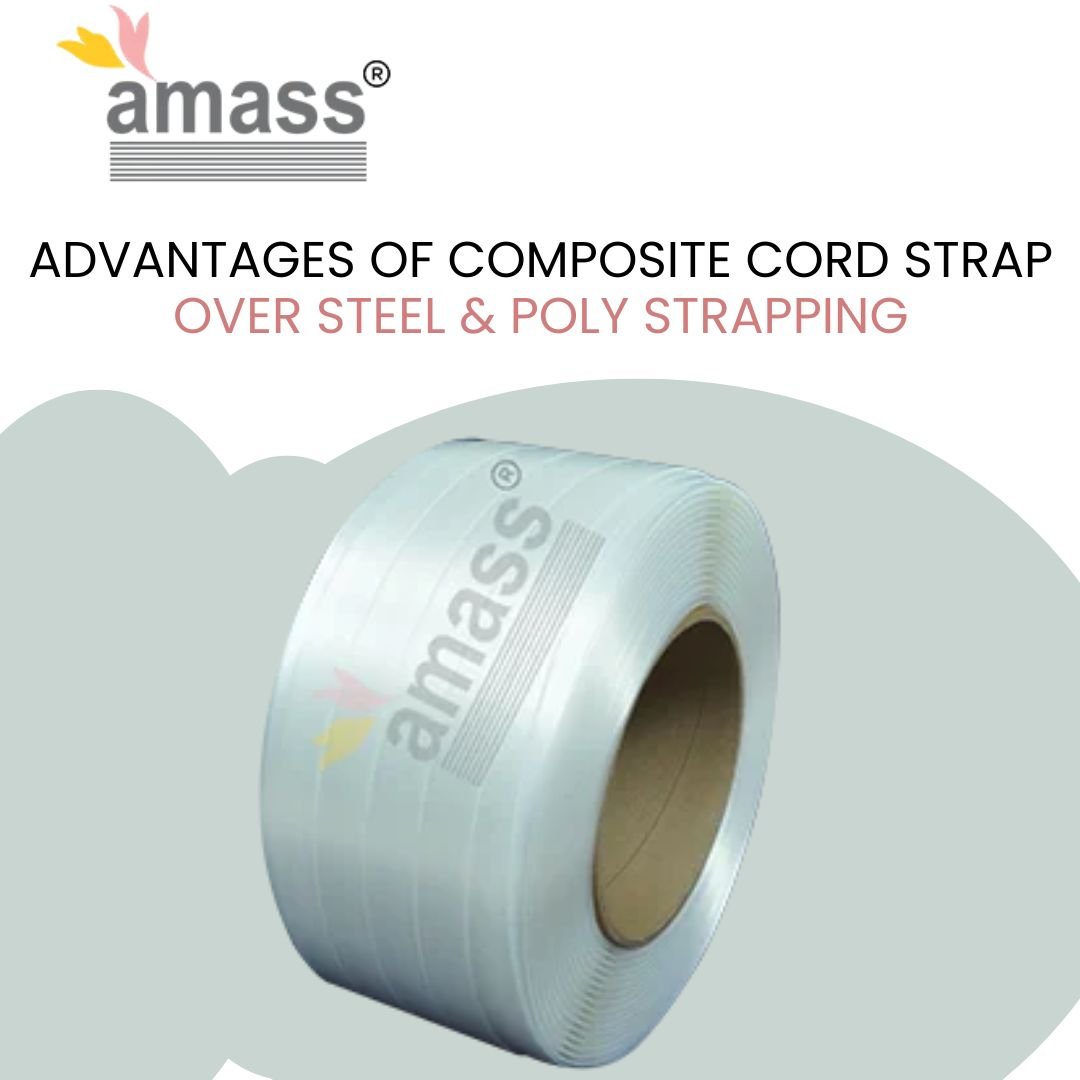Choosing the Right Strapping: 3 Key Materials and Their Best Uses

PET Straps vs. Steel Straps: Which One is Right for You?
August 26, 2025
Tension and Secure: Your Guide to Plastic Strapping Tools
September 9, 2025There is no one-size-fits-all strapping solution. Pick the wrong material and you’ll discover exactly how expensive “cheap” can get. Your shipment arrives damaged, your workers get injured, or worse, you’re bleeding money on overengineered solutions for simple problems.
It’s about matching physics to your specific failure points. Get this right, and strapping becomes invisible infrastructure. Get it wrong, and it becomes the reason your customers question everything else you do.
Here are three key strapping materials and what they do best.
Polypropylene (PP) Strapping: The Lightweight Champion
Polypropylene strapping loses about 50% of the applied tension within one hour, and this tension loss is accelerated by heat and UV exposure. But here’s the twist—for short-term applications, this “weakness” becomes irrelevant.
PP thrives on flexibility and forgiveness. Designed for light- and medium-duty applications, including palletizing, unitizing, bundling, carton closure, and reinforcement, it excels where rigid materials would crack under pressure.
Embossed PP strapping dramatically outperforms smooth versions by creating friction points that resist slippage. Temperature sensitivity means PP becomes brittle below 32°F and loses strength above 140°F—critical factors often ignored until it’s too late.
Quick “Good Fit” Checklist:
- ✅ Load weight under 1,500 lbs
- ✅ Indoor storage/transport
- ✅ Bundle stability more important than crushing strength
- ✅ Cost optimization for high-volume, low-risk shipments
- ❌ Extended outdoor exposure
- ❌ High-vibration transport
- ❌ Temperature extremes
Polyester (PET) Strapping: The Strategic Middle Ground
PET strapping delivers the Goldilocks solution—offering superior tensile strength compared to PP straps and frequently chosen as a cost-effective and safer alternative to steel straps. But its secret weapon isn’t just strength—it’s shock absorption.
Unlike steel’s rigid response to impact, PET provides controlled elasticity that absorbs transport vibration and load shift without snapping. This makes it ideal for long-haul shipments where dynamic forces are the real enemy, not static weight.
Special PET formulations target specific environments. Cold-storage variants maintain flexibility down to -20°F, while UV-resistant formulations prevent degradation in outdoor storage applications—something standard PET cannot deliver.
Quick “Good Fit” Checklist:
- ✅ Medium to heavy loads (1,500-4,000 lbs)
- ✅ Long-distance transport
- ✅ Mixed indoor/outdoor environments
- ✅ Automated strapping systems
- ✅ Worker safety priority
- ❌ Extreme sharp edges
- ❌ Loads exceeding 5,000 lbs regularly
Integration Opportunity: For companies that need long-haul reliability without the bulk and risk of steel, products like Amass PET strapping deliver the sweet spot—strength, safety, and cost-efficiency. Amass PET straps feature higher retained tension than standard alternatives, with consistent embossing patterns and UV/weather-resistant formulations that maintain performance across diverse shipping environments.
Steel Strapping: The Heavy-Duty Specialist
Steel remains undefeated for extreme applications, but its dominance comes with serious trade-offs. Steel straps are specifically designed for heavy-duty applications where extreme strength and minimal stretch are essential. They are ideal for securing sharp, hot, or heavy products.
Surface treatments transform steel’s capabilities: painted coatings resist corrosion, zinc galvanizing extends outdoor life, and wax coatings reduce edge sharpness. But even treated steel carries inherent risks—sharp recoil, specialized tooling requirements, and weight penalties that affect freight costs.
Quick “Good Fit” Checklist:
- ✅ Loads exceeding 4,000 lbs
- ✅ Sharp-edged products (steel coils, construction materials)
- ✅ High-temperature applications (above 180°F)
- ✅ Extreme outdoor exposure (12+ months)
- ✅ Maximum break strength priority
- ❌ Worker safety concerns
- ❌ Automated systems without specialized equipment
- ❌ Frequent handling requirements
Beyond the Big Three: Specialized Solutions
- Corded/Woven Straps: Textile-based alternatives offering safer edges and reusability. Popular in lumber applications where worker handling is frequent.
- Composite Straps: “Synthetic steel” hybrids combining strength with safety. Higher cost but eliminates sharp edge risks while approaching steel-level performance.
- Nylon Straps: Niche cold-room applications where other materials become brittle. Maintains elasticity at sub-zero temperatures but carries premium pricing.
The Decision-Maker Toolkit
Load Weight Hierarchy:
- 0-1,500 lbs: PP dominates on cost-efficiency
- 1,500-4,000 lbs: PET provides optimal balance
- 4,000+ lbs: Steel becomes necessary
Environmental Matrix:
- Indoor/Climate-Controlled: All materials viable
- Mixed Environments: PET with UV treatment
- Extreme Outdoor: Steel with appropriate coatings
Handling Frequency Impact:
- High-Touch Operations: Avoid steel’s sharp edges
- Automated Systems: PET integrates best
- Occasional Handling: Material choice less critical
Distance Considerations:
- Local/Regional: PP acceptable for appropriate loads
- Long-Haul: PET’s shock absorption becomes valuable
- International: Steel for maximum reliability on critical loads
Integration Opportunity: While this decision matrix gives you a framework, Amass Strap goes a step further with tailored recommendations and product-matching support—saving you trial, error, and broken loads. Their application engineers help match specific material grades to your unique operational requirements.
Quick Application Reality Check
What would steel coils wear? Definitely steel strapping—anything else is asking for disaster.
What would frozen pizzas wear? PET strapping with UV protection for retail distribution flexibility.
What would bundled newspapers wear? PP strapping because cost trumps everything else for disposable media.
What would construction lumber wear? Corded strapping because workers handle it constantly, and splinters are expensive.
The Bottom Line: Strap It Right
The right strapping material transforms from a cost center to a competitive advantage. Safe products arrive intact, long-term costs stay predictable, and operations run without the drama of material failures.
Strap it right. Each material serves specific physics and economics. PP for high-volume, low-stakes applications. PET for the broad middle where performance and cost intersect. Steel when failure isn’t an option.
Ready to optimize your strapping strategy? Explore Amass Strap’s full line of polypropylene, polyester, and steel strapping solutions designed for every load and industry. Their material expertise ensures you’re not just securing packages—you’re securing profitability.




